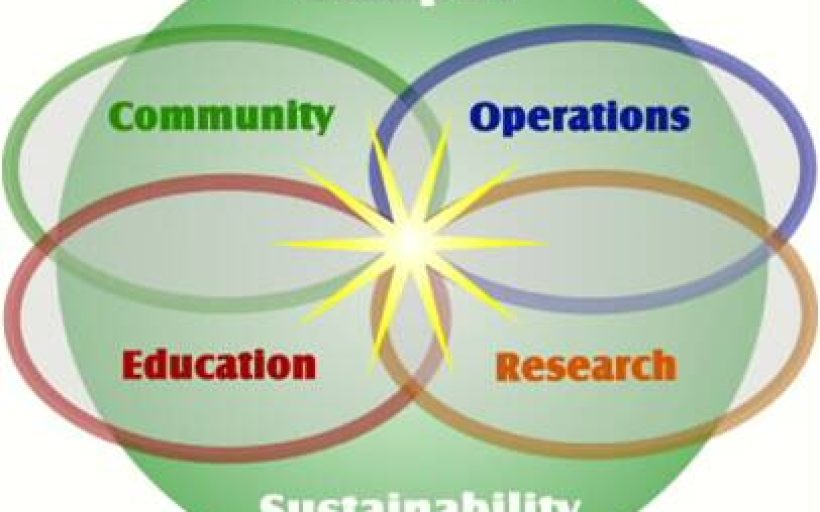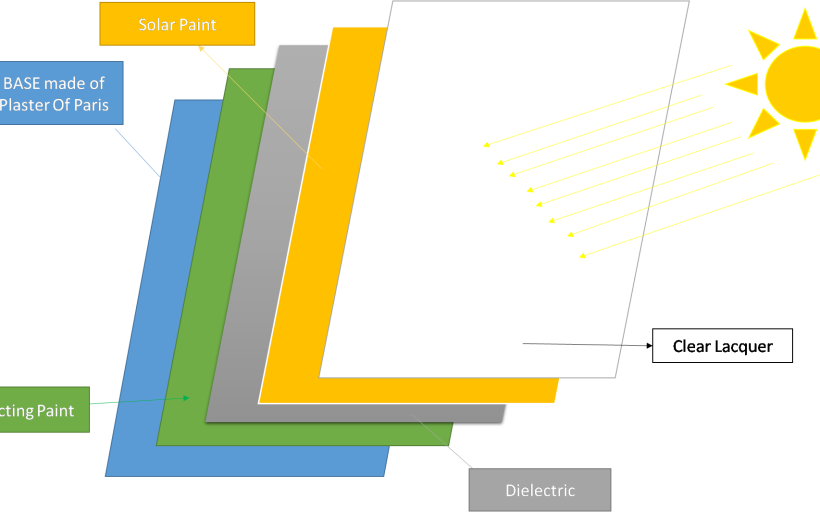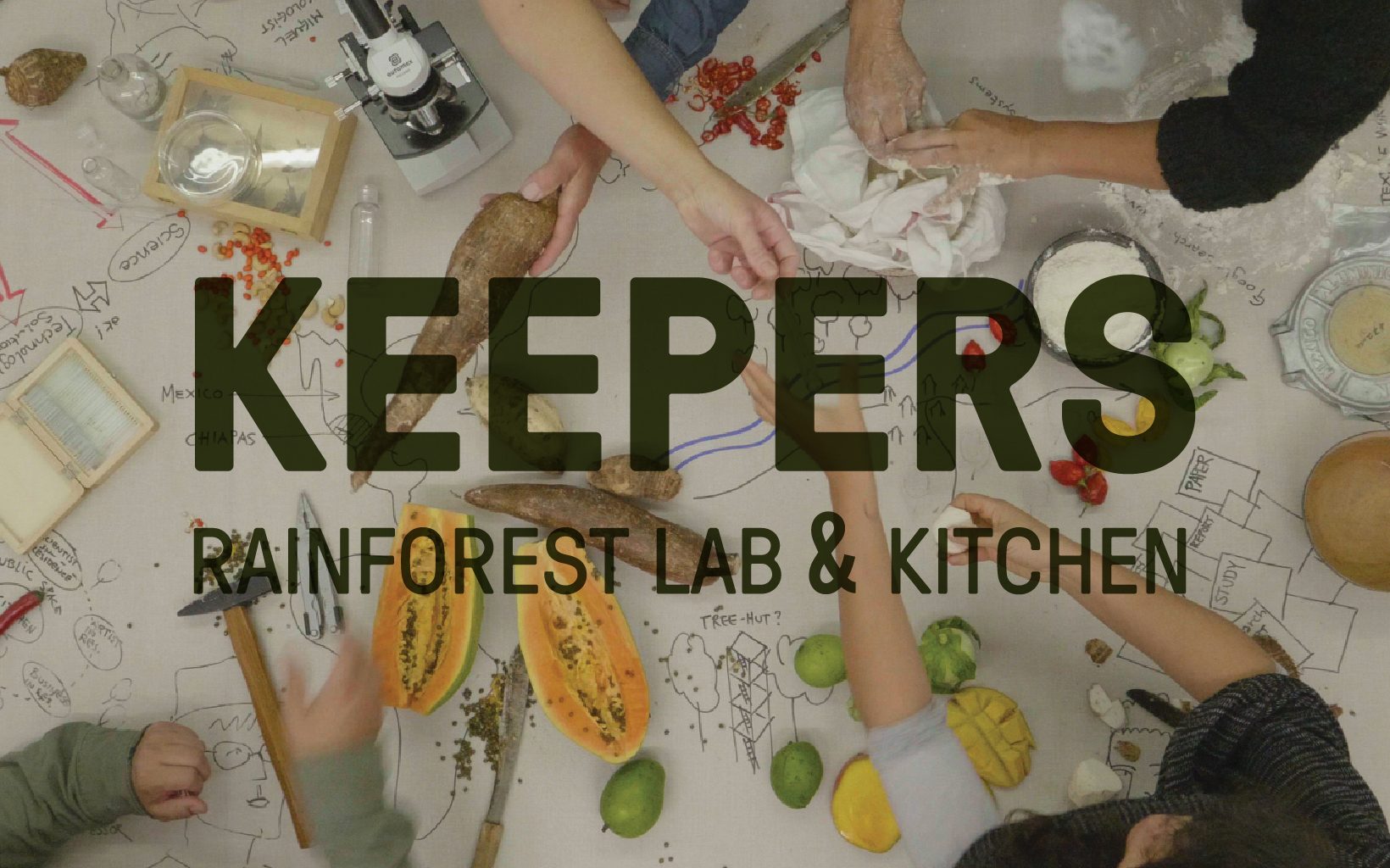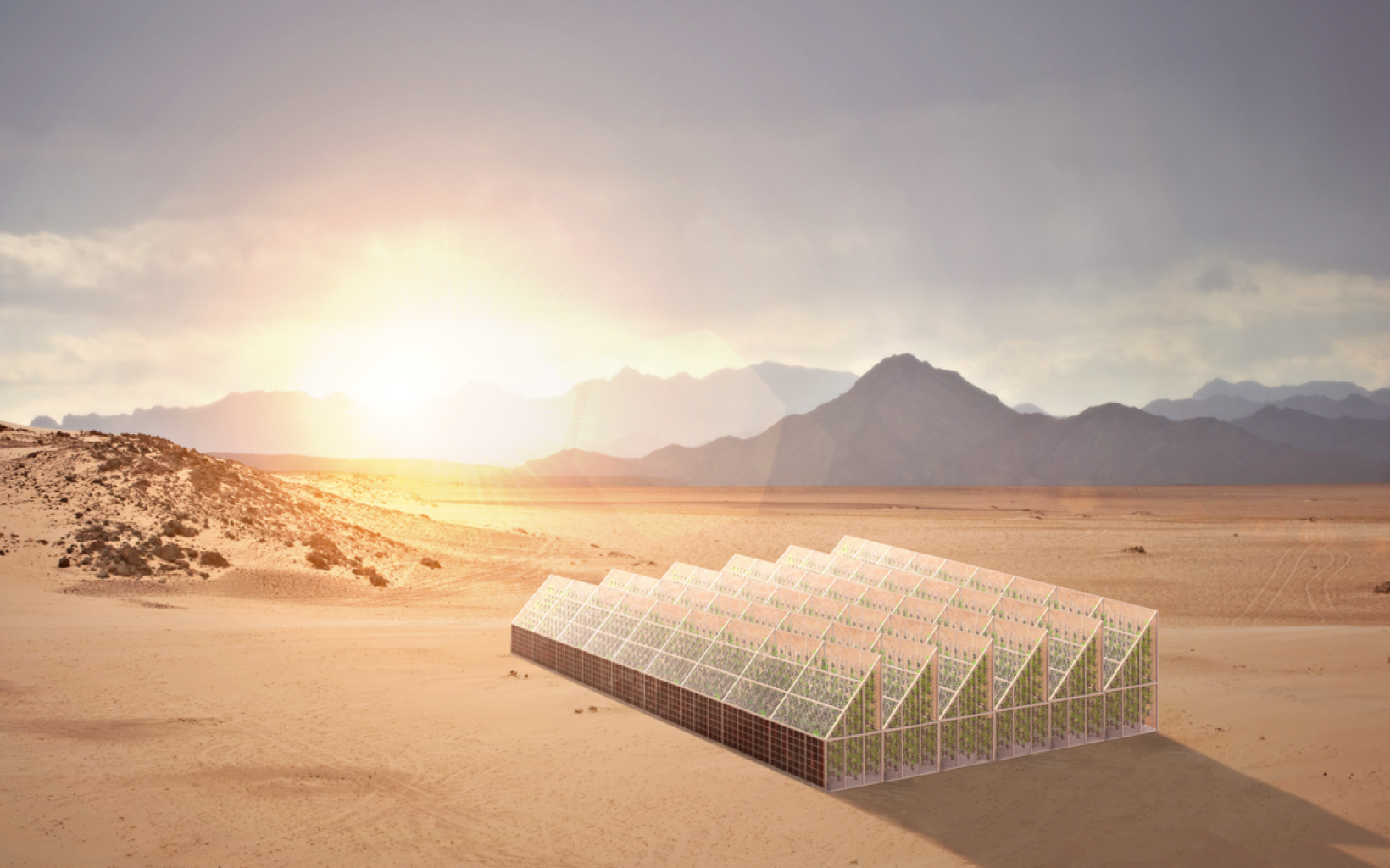Smart campus is an idea of efficiency and power production for the existing and developing college campuses. Climate change has created an increased risk of shutdowns at coal, natural gas and nuclear power plants. Power lines, transformers and electricity distribution systems face increasing risks of physical damage from the hurricanes, storms and wildfires that are growing more frequent and intense. Air conditioning costs will rise due to increasing temperatures and heat waves, along with the risks of blackouts and brownouts in regions throughout the country. The amount of wastage occurring in a campus is at a staggering level. The electricity and water consumption combined costs up to $20000 per month for universities. This wastage can be reduced by implementing smart solutions like Energy Paint ,Smart Lighting System for electricity wastage reduction , Nano-turbines in faucets for electricity production and Natural Cooling System to reduce Power consumption of AC, paper recycling, Electronic Notice board to help save paper, Bio-gas production using the waste food, IOT Garbage Monitoring System .Using the available resources and converting waste to treasure enable a campus to strive independently. Smart campus is the new generation of working , we can expect the campus to be 50%-60% self-sustainable. Let us create a Smart place for the Smarter people-The Smart Campus.
Long Description
Energy being a strategic commodity plays a significant role in economic development of a country. Ever increasing demand of energy has posed tremendous pressure on its limited resources and has necessitated optimum use of its resources. Importantly the educational sector is deprived of resources and energy. The institutions spend loads of money not only on infrastructures but also on the maintenance of requirements such as electricity, water, food-waste etc. In a developing country like India, the educational sector consumes 7% energy. The environmental problems may not be a priority for most students to think of a solution and this is no less the case at college and university campuses. In fact, university campuses end up producing far more waste than other types of residence, simply because of the high population they are catering to.
On an average a college consumes approximately 30,000 units of electricity per month resulting in the expenditure of $10,833 per month. The college spends approximately $3450 per month for the water supply. They use 140 reams of paper yearly in total. Apart from the staff paper consumption, the students would use approximately 150 reams per year. Organic products wastage (food) of about 200-250kg of food monthly. Plastic use are the real problem, and the greatest contributors to plastic pollution.
Every problem has a solution and our project works on making a self-sustaining campus, thus called The Smart Campus.
Energy paints use the emerging technology related to nanocrystal solar cells that are much more efficient and more compact in size helps us integrate it with the well known medium, acrylic paint. Smart Lighting is a lighting technology that includes high efficiency fixtures and automated controls that make automatic adjustments based on conditions such as occupancy or daylight availability.
Water taps integrated with Nano turbines which are small scale propellers that are used to harvest the kinetic energy of the water flowing through pipes/ faucets to generate power. Natural Cooling System made by combining Laws of nature and nano propeller water pipes concept can create sufficient cooling within the buildings.
The Plastic/paper wastage can be tackled by using pyrolysis in order to obtain the required fuel or bio-fuels. Huge bundles of unused papers can be reduced by using Wireless Electronic Notice Board using GSM technology.
IOT Garbage Monitoring system will maintain campus cleanliness by using a smart garbage system. All the food wastage can be collected in a bio-battery which is an energy storing device powered by organic compounds. Similarly Biogas can be produced by with anaerobic organisms also.
Approximately 10-50watts can be obtained per day by using these method to generate electricity. Yearly we can expect 7500watts to be produced by using these nano-turbines. The food can be used to produce biogas that can replace the existing LPG. It can also be used to generate electricity. In overall we can expect a campus to be 50%-60% independent on the resources.
Caring for natural resources and promoting sustainable use is an essential response of world to ensure its own survival and well being. Science is the poetry of reality, because the science of today is the technology of tomorrow. Let us come together and save the earth with our first step of A Smart Campus.






Share on social media.
Facebook
Twitter
LinkedIn
Mail